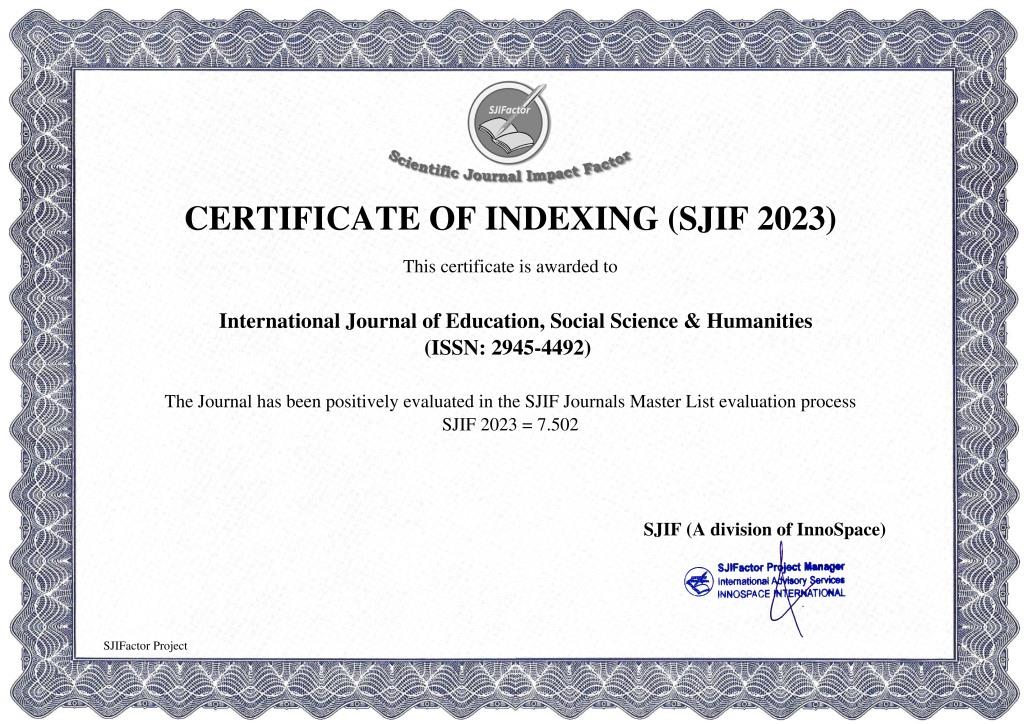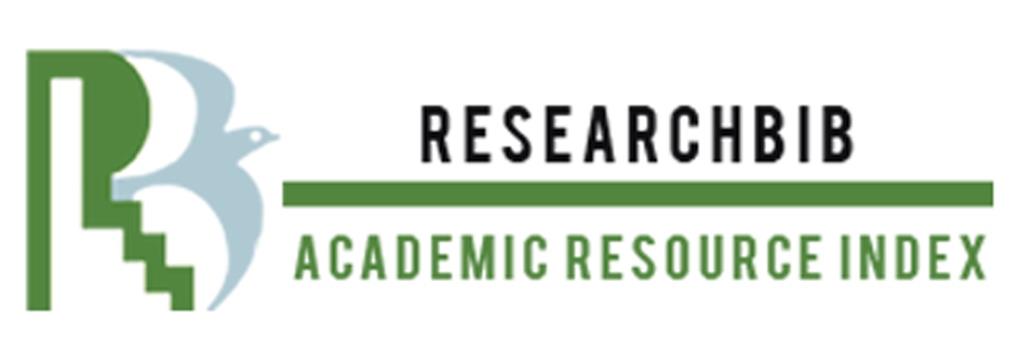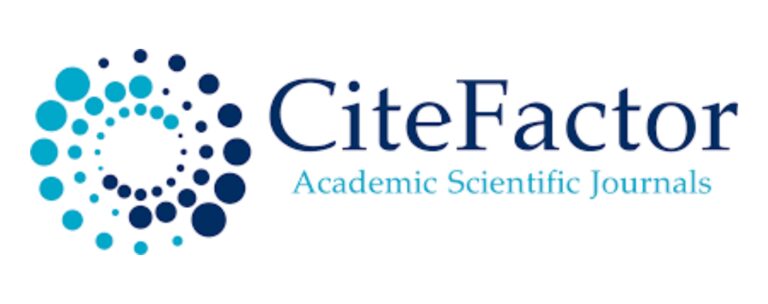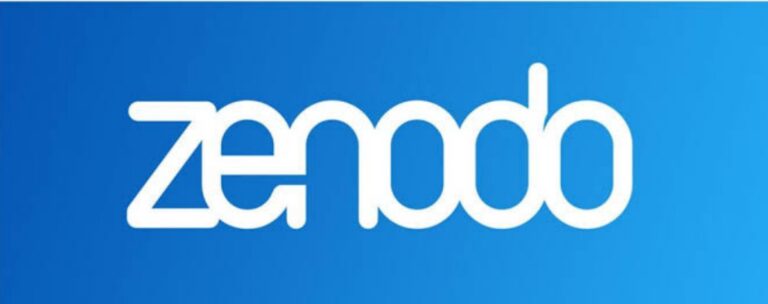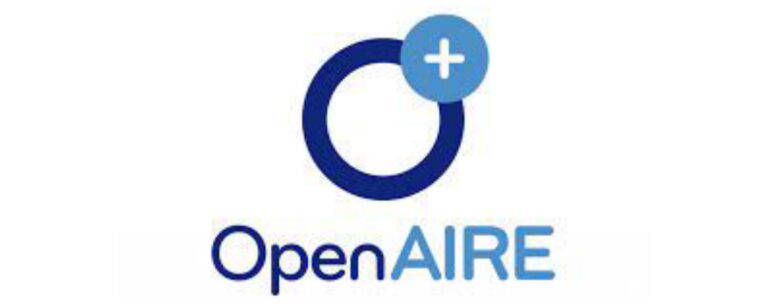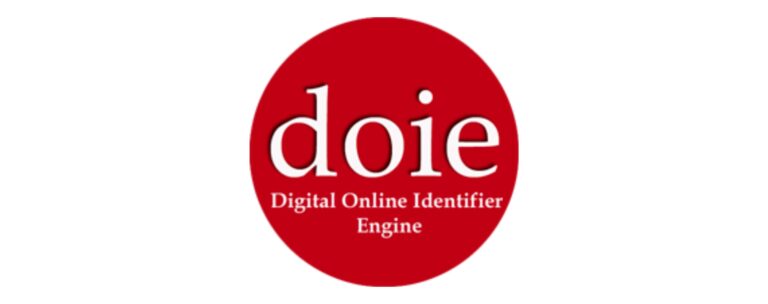IMPLEMENTATION OF FLIPPED CLASSROOM MODEL TO THE EDUCATION SYSTEM OF UZBEKISTAN
Keywords:
Flipped classroom, self-directed learning, vocabulary retention, traditional classes, experimental and control group.Abstract
The implementation of flipped classroom into classroom started Bergmann and Sams (2012) who made it popular. It started with a compensation of students who did not attend or missed chemistry classes. This point made new beginning for a lot of activities to be used in classrooms. Since half of time class time was spent on introducing new topic, flipped classroom made it possible for teachers to implement problem-solving learning, cooperative work and myriad of different activities which enables students to understand the topic better. To be more precise research works that focuses this paper will presents works on self-determination, reading and vocabulary. There are astonishing findings related these three topics in FCM (flipped classroom method).
References
Sahin, S. N., & Tavil, Z. M. (2023). The Effect of Flipped Classroom Model on the Vocabulary Learning and Retention of Young EFL Learners. Journal of Language Teaching & Learning, 13(1), 42-58.
Diningrat, S. W. M., & Ngussa, B.M. (2022). Effect of Online Flipped Classroom on Students’ Self- Directed Learning: A Case of Some of Universities in Indonesia. Journal of Educators Online, 19(3).
Yilmaz, R., & Saracoglu, S. (2022). Effects of the Flipped Classroom Model on Learners’ Reading Strategy Use and Attitudes. Journal of Language Teaching & Learning, 12(2), 118-137.



